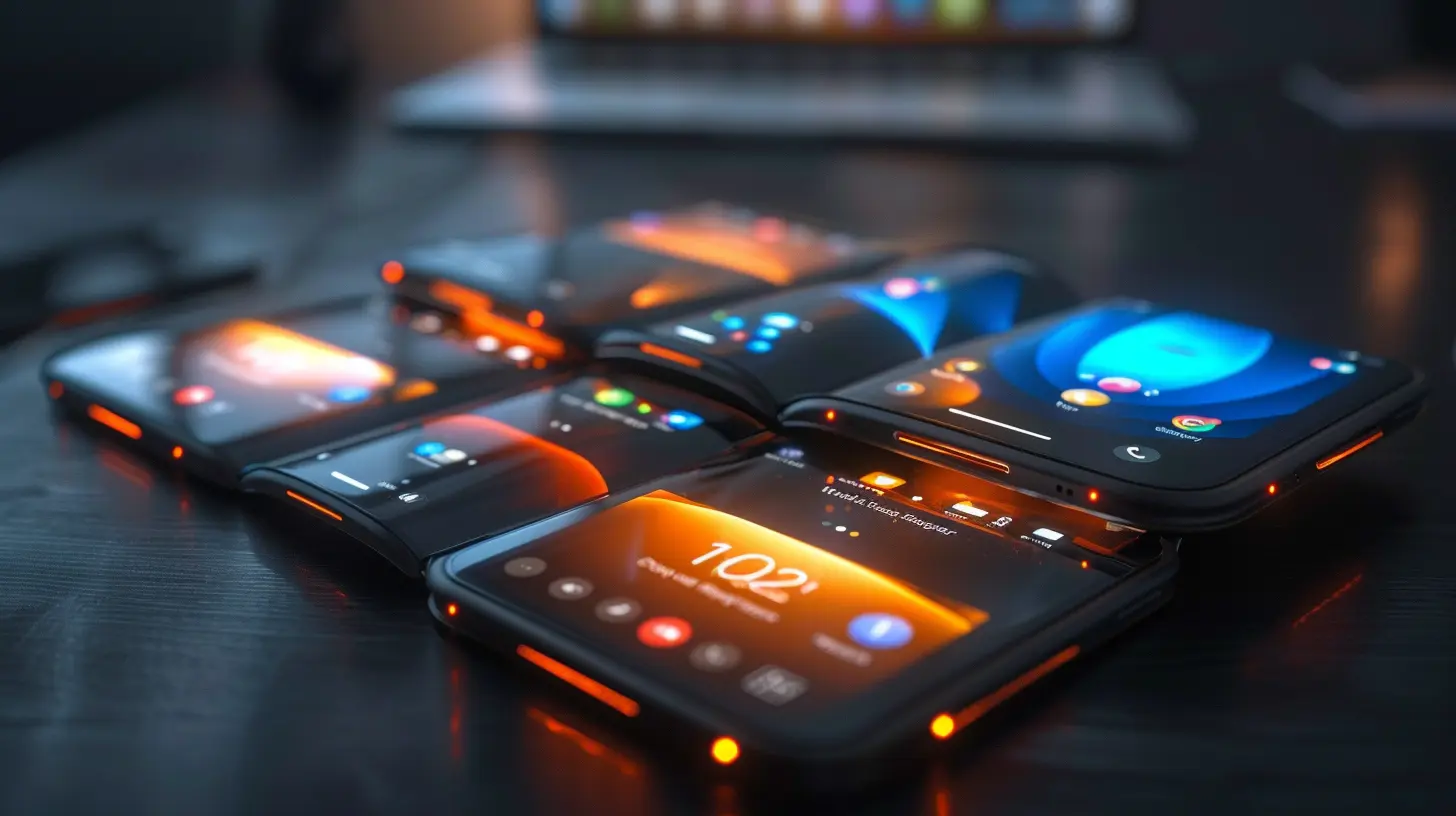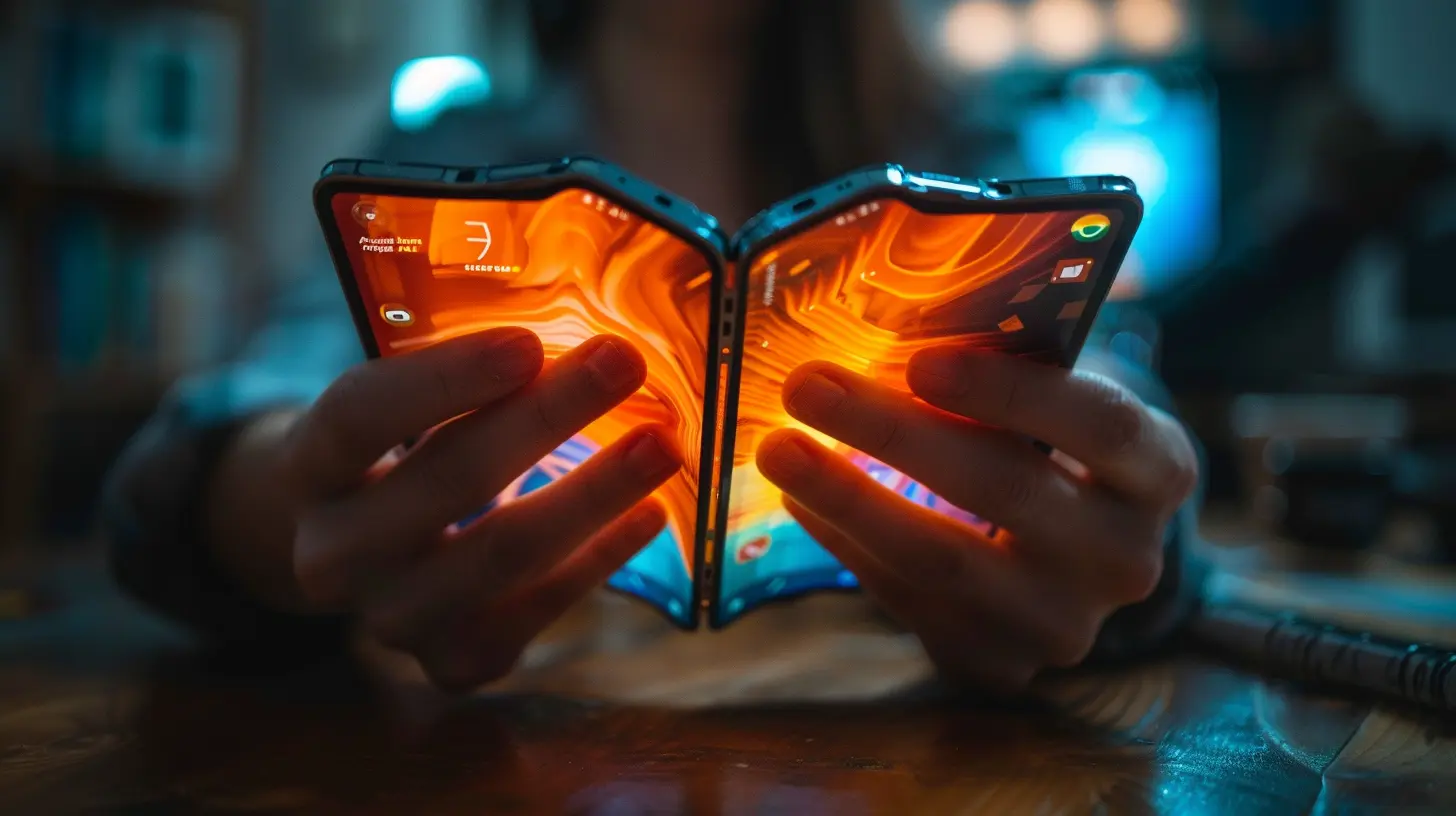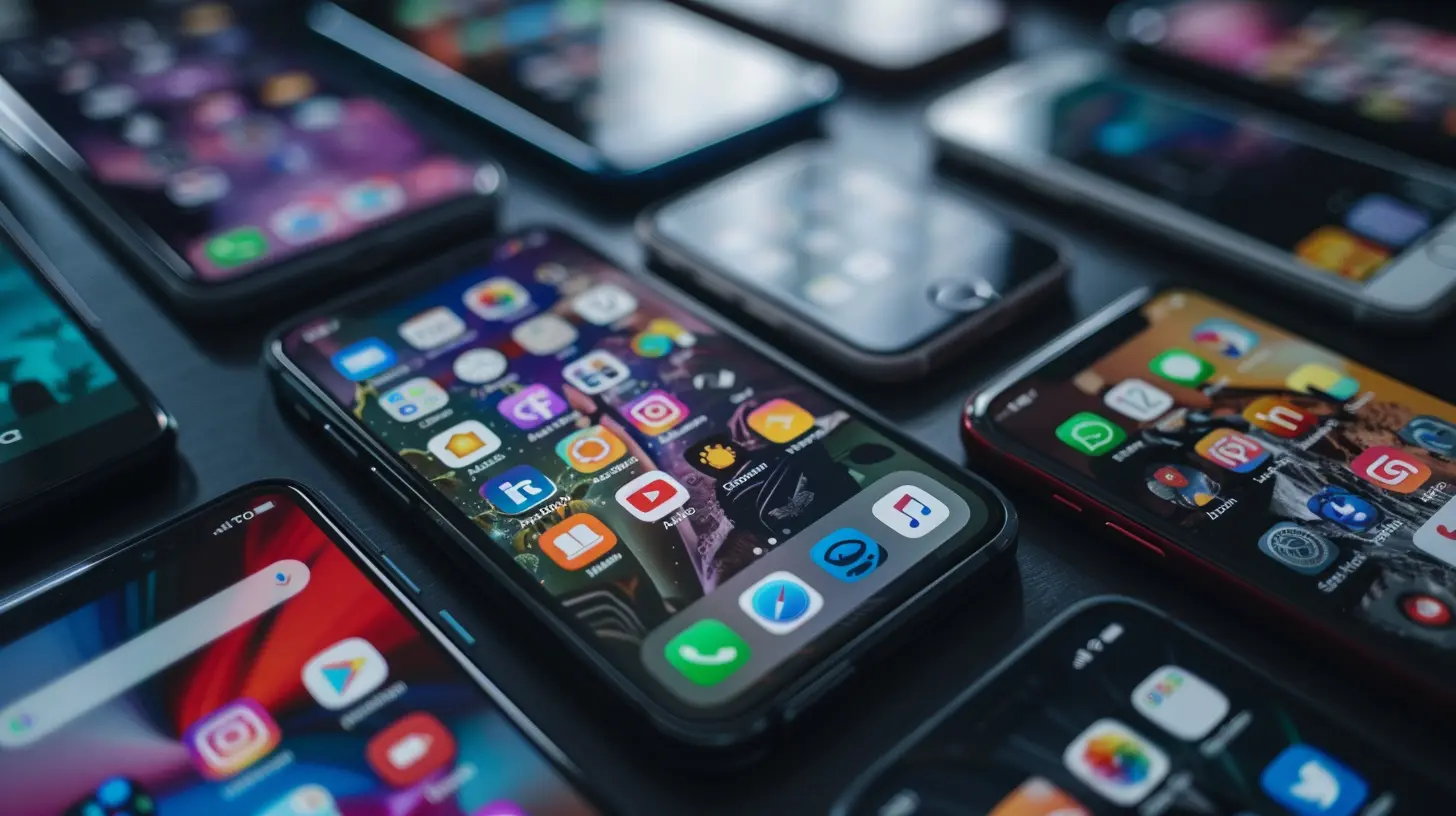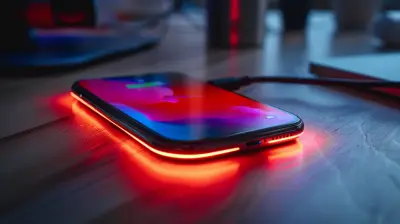How to Develop Apps for Foldable Smartphones
20 May 2025
Technology never stops evolving, and foldable smartphones are one of the most exciting advancements in mobile tech today. These futuristic-looking devices are shaking up the app development world, offering new possibilities (and challenges) for developers.
If you’re wondering how to make your apps work seamlessly on foldable screens, you’re in the right place! This guide will walk you through everything you need to know—without the jargon overload. Think of this as your friendly chat over coffee, where we break things down and make sense of the madness. Ready? Let’s dive in! 
🚀 Why Should You Care About Foldable Smartphones?
Before we get into the nitty-gritty of app development, let's take a moment to appreciate why foldables even matter.- Bigger Screens, Better Experiences – Foldables give users more screen real estate without compromising portability.
- Multitasking Magic – Users can run multiple apps side by side. More engagement means better retention for your app!
- Device Sales Are Growing – Big players like Samsung, Google, and Motorola are pushing foldables, and adoption is climbing fast.
- New App Opportunities – Designing for foldables means being ahead of the curve, giving you a competitive advantage.
Now that we know why they matter, let’s dive into how to develop awesome apps for them! 
🛠 Challenges of Developing for Foldable Smartphones
Before we build something great, we need to know what obstacles we’re up against. Developing for foldable phones isn’t the same as making a standard mobile app. Here’s what makes them tricky:1. Multiple Screen States – Devices can be folded, unfolded, or partially folded, meaning your app needs to adapt dynamically.
2. Aspect Ratio Changes – Foldables don’t just resize like a normal phone; they completely change their shape.
3. Multi-Window Support – Users may have multiple apps running at once, and your app needs to play nice with others.
4. Battery Optimization – Larger screens consume more power, so apps must be optimized to minimize battery drain.
5. User Experience (UX) Considerations – A poorly designed UI might look fine on a regular phone but fall apart on a foldable.
Alright, now that we know the challenges, let’s tackle them one by one! 
📱 Key Design Principles for Foldable Apps
You can’t just stretch a regular app and hope for the best—foldables demand a different approach. Keep these principles in mind:1️⃣ Responsive and Adaptive Layouts
Your app should be as flexible as a yoga instructor. Design adaptive layouts that adjust seamlessly between folded and unfolded states.- Use ConstraintLayout (Android) to create flexible UI components.
- Consider percentage-based layouts (CSS/HTML) if developing hybrid or web apps.
2️⃣ Multi-Display and Continuity Support
Imagine watching a video on a small screen, then unfolding your phone to get a bigger view without interruption. That’s screen continuity—and it’s a must-have!- Use Android’s `resizeableActivity=true` to ensure smooth transitions.
- Handle pause and resume states to keep content flowing when switching screens.
3️⃣ Multi-Window and Multi-Tasking
Users on foldables LOVE multitasking! Your app should support multi-window usage so people can drag, drop, and split-screen like pros.- Implement multi-instance support so users can interact with multiple parts of your app at once.
- Make sure touch gestures work seamlessly when multiple apps are open.
4️⃣ Optimized UX and Gestures
Foldables introduce new interactions like drag-and-drop between screens, swipe gestures, and even stylus inputs (on some devices).- Avoid fixed UI elements that might break in different screen modes.
- Ensure touch targets are large enough to be used comfortably in all screen configurations. 
🏗 Step-by-Step Guide to Building a Foldable-Compatible App
Now, let’s get into the step-by-step of actually developing your app for foldable screens!🖥 Step 1: Update Your Development Environment
If you're using Android, make sure you’re working with:- Android Studio (Latest Version)
- Android Foldable Emulator (to test different screen modes)
- Jetpack WindowManager API (for handling foldable layouts)
For iOS (though Apple hasn’t released a foldable yet), keep an eye on future flexible UI frameworks.
📏 Step 2: Design for Multiple Screen Sizes
Use responsive UI frameworks like:- ConstraintLayout (Android)
- Flutter’s MediaQuery
- React Native’s Flexbox
Test your app in different aspect ratios to ensure a smooth transition between folded and unfolded states.
📲 Step 3: Implement Screen Continuity
Apps should seamlessly transition between small and large screen states.- Use `onConfigurationChanged` (Android) to detect size changes.
- Save UI state so content doesn’t reload unnecessarily.
💻 Step 4: Enable Multi-Window Support
Foldable users often run multiple apps at once, so your app needs to behave well in split-screen mode.- Set `android:resizeableActivity="true"` in your AndroidManifest.xml
- Test multi-instance handling (e.g., chat apps that support multiple conversations)
🔋 Step 5: Optimize Performance and Battery Efficiency
A bigger screen means more power consumption, so optimize your app to prevent battery drain.- Reduce background processes when the app is not in focus.
- Load UI elements on-demand rather than all at once.
- Compress media assets to improve loading times.
🛠 Step 6: Test on Physical Foldable Devices
Emulators are great, but nothing beats real-world testing. If possible, try your app on devices like:- Samsung Galaxy Z Fold & Z Flip
- Google Pixel Fold
- Motorola Razr
This helps catch real-world UI glitches and performance issues.
🎯 Best Practices for Foldable App Development
To wrap things up, here are some pro tips to make your foldable app shine:✅ Use Jetpack WindowManager – Helps handle foldable layouts efficiently.
✅ Think About Hand Gestures – Users interact differently with foldables compared to regular phones.
✅ Keep Animations Smooth – Choppy transitions between folded and unfolded states kill the experience.
✅ Test, Test, Test! – Emulators are great, but nothing beats testing on real foldable devices.
🎬 Wrapping Up
Foldable smartphones are no longer a futuristic dream—they’re here and growing fast. Developing apps for them might sound intimidating at first, but with the right approach, it’s totally doable.By focusing on adaptive design, screen continuity, multi-window support, and performance optimization, you can create apps that shine on foldable devices. And let’s be honest—getting ahead in this space now will make you a rockstar developer when foldables become the norm! 🚀
So, what are you waiting for? Get coding, and make something awesome!
all images in this post were generated using AI tools
Category:
App DevelopmentAuthor:

Michael Robinson
Discussion
rate this article
4 comments
Silas Cross
Developing for foldables? Just remember: don’t let your app fold under pressure—make it flexible and fun!
May 25, 2025 at 10:47 AM

Michael Robinson
Absolutely! Flexibility and user experience are key when developing for foldables. Thanks for the encouraging reminder!
Zanya Baker
Developing apps for foldable smartphones requires responsive design, adaptable UI, and robust testing across different configurations.
May 25, 2025 at 3:30 AM

Michael Robinson
Absolutely! Emphasizing responsive design and thorough testing across various configurations is crucial for creating a seamless user experience on foldable smartphones. Thanks for highlighting this!
Julian Kelly
Creating apps for foldable smartphones? It’s like designing a wardrobe for a shape-shifting superhero! Let’s embrace the flexibility and make our apps as versatile as these cool devices!
May 22, 2025 at 4:57 AM

Michael Robinson
Absolutely! Embracing the unique form factors of foldable smartphones allows us to create innovative, adaptable apps that enhance user experience. Let's get creative!
Giselle Johnson
Great insights on developing for foldable smartphones! The emphasis on adaptive layouts and testing across different configurations is crucial. I appreciate the practical tips on optimizing user experience—definitely looking forward to implementing these strategies in my next project!
May 21, 2025 at 2:29 AM

Michael Robinson
Thank you for your feedback! I'm glad you found the tips helpful and I wish you success in your next project!



